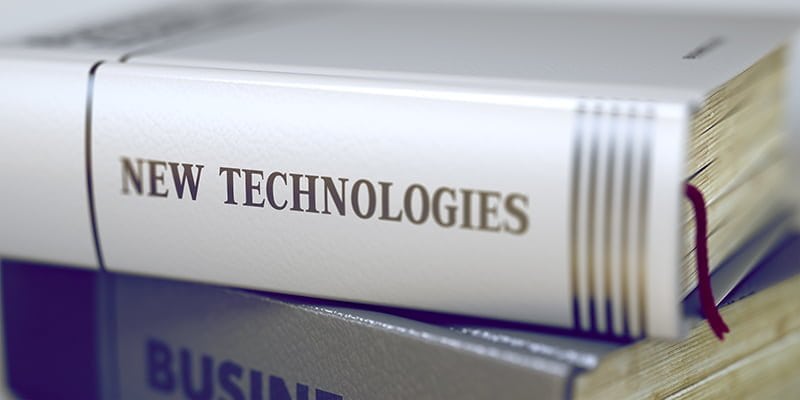Dave Lounsbury, CTO, The Open Group looks at why it’s time for a new IT business model in these times of emerging technologies
Table of Contents
ToggleThe adoption and implementation of emerging technologies into the business world has historically been a gradual process. This was due not only to the need to overcome technical adoption challengers, but also because IT departments had to be able to understand and communicate how these technologies, such as cloud computing, would bring value to the organization. The need to articulate these business benefits is still important today.
Nowadays, technology adoption occurs at a much faster rate, particularly as more organizations now operate digitally. Businesses have internalized the Agile precept that “the most important thing to measure is the cost of delay.” The use of technology-as-a-service models are transforming the way that technology and applications are employed in businesses. In some cases, this actually means that the need for IT departments is decreasing or even non-existent, particularly where service models incorporate cloud adoption. Additionally, external vendors instead of in-house staff often provide support for technology-as-a-service-models, which further highlights that the business of IT needs to be coordinated well, in order to be effective.
Merging IT with business
Although it is important that IT departments still keep close to their technological roots, this can mean that the business aspect of technology implementation is neglected. Given that the majority of departments continue to be run by technologists and engineers, their priorities often lie in the effective adoption of and challenges faced with regards to emerging technologies, although this is changing.
IT can now play a crucial role within digital businesses, but the convergence of IT departments and business strategy has not always been plain sailing. Previously, it was common for IT departments not to be run effectively as businesses nor as role models of how IT should function. Although some standards have been developed as guides for how different elements of IT should be run (COBIT for governance, ITIL for service management, TOGAF®, an Open Group standard, for architecture), there has been no overarching standard that can encompass how all of IT should be holistically managed.
The changing business model
Today’s fast-moving technology industry requires businesses to be agile, which in turn places pressure on IT departments to react instantly. This means they must develop or adopt more efficient models in order to help IT to run more successfully. The lack of a cohesive management model creates uncertainty, preventing organizations from attaining their business objectives.
The pressure has never been greater on organizations in this ever-evolving digital age. The key to smooth-running IT management models is the ability to utilise data in a way which helps organizations plan for investment in products that customers want to use. The insights that data can provide are crucial to the subsequent success or failure in today’s economy.
This highlights the need for a cohesive business model which adapts seamlessly to the needs of an effective IT operation. Grappling with the benefits and uses of emerging technologies will help businesses to achieve their future goals.
IT departments which have not prepared a coherent business model that aligns effectively with the business portfolio and strategy will be not be prepared to invest in the most suitable technologies. As a consequence, businesses may miss out on golden opportunities to invest in the technologies that could bring them considerable benefits.
A unified model for IT
Industry leaders have collaborated and formed a consortium that addresses how to better run the business of IT, in order to minimise the consequences for the IT department if it isn’t run more like a business.
The result of this is The Open Group’s IT4IT™ Forum, and its first standard for running IT with a business perspective. This standard provides a unified operating model for IT, supplying the “missing link” that previous IT-function specific models don’t address. This standard allows IT to achieve the same level of business, discipline, predictability and efficiency as other business functions.
During this fast-moving period of digital transformation, the time is right for IT4IT. With Cloud, Big Data and the Internet of Things becoming increasingly intertwined with business, the IT4IT standard helps to place IT at the centre of the business model. This allows IT to play a core part in the modern enterprise, providing a clear path for digital businesses to thrive for many years to come.





